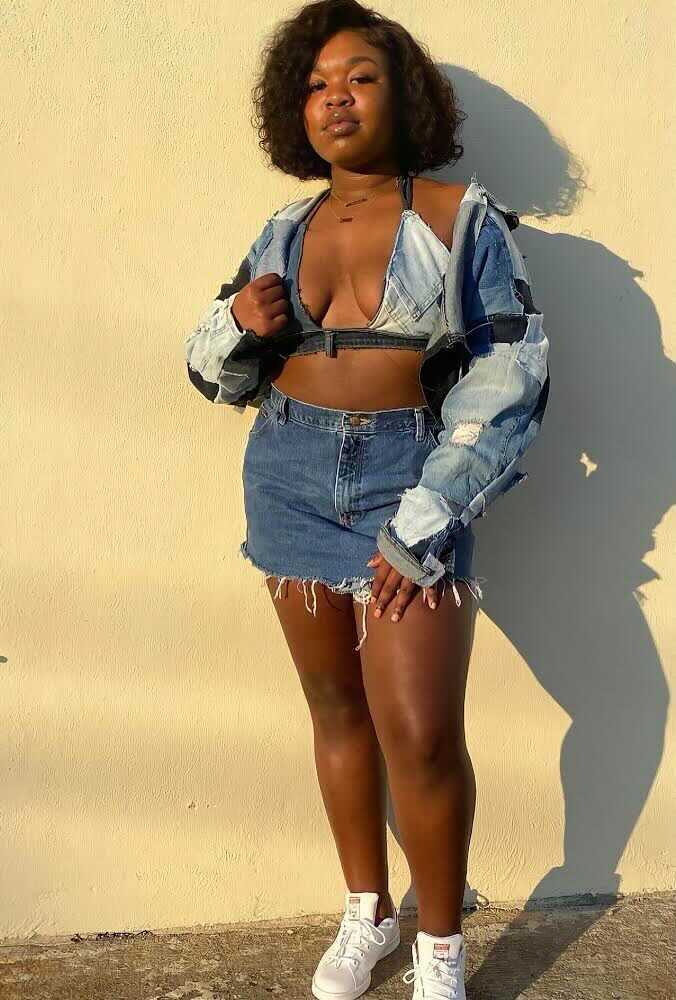
Fast fashion describes inexpensive clothing that is mass-produced by mass-market retailers. This practice allowed for clothing to become more affordable but comes with increased pollution with clothing being sent to landfills daily.
According to Business Insider, about one garbage truck full of clothing is burned or dumped into a landfill every second.
Although fast fashion has become mainstream, many people take it upon themselves to combat this by upcycling their old clothes.
Upcycling is when people reuse materials to spice up clothing already in their wardrobe.
Although it may seem daunting to revamp old clothing, it becomes a fun project full of creative expression.
Junior Phajjah Whitton can relate to this as she enjoys creating new pieces from old clothing and even shares some advice for those looking to start.
“A tip that I have for anyone looking to upcycle [or] design clothing is to be free. When it comes to creating clothing pieces, there are no rules, which makes things so unique,” Whitton said. “Don’t be afraid to be original, step out of your comfort zone and also try different things to find your style.”
Creativity is crucial to the process, but gathering materials that can be cut up, folded and manipulated in multiple ways is just as essential. Bandanas, old fabric scraps and ribbons are perfect examples of materials used in these projects. Sewing skills can also make these clothing changes permanent but aren’t required as there are other alternatives like fabric glue to achieve the same effect.
Once you have all the materials, setting your mind on a design is the next step. Sketching out a draft before beginning can help spark creativity, while diving into your design without planning can lead to more spontaneous results.
Inspiration can come from multiple places, as Whitton gathers her designs and ideas from many different forms of media as well as ordinary environments.
“The ideas came from a plethora of places: from my head, Pinterest, Instagram and early 90s and 00s music videos and movies,” Whitton said. “Whenever I go thrifting, I get a bunch of inspiration by just looking at different prints, colors and textures.”
These ideas bring a sense of uniqueness to the project. A piece of clothing can transform from something store-bought to something unique to one’s style.
Bringing a creative vision to life is a fantastic thing, but it comes with trials and errors to improve design skills. When taking on new skills like sewing, it is normal to make errors when you are a beginner. Sewing troubles are all too relatable to Whitton, who experienced some setbacks throughout her process.
“I recently began learning how to sew, so I am a newbie,” she said. “While sewing, I did come across minor stitching difficulties, such as stronger thread and double stitching, so everything remained sturdy.”
Upcycling clothing combats fast fashion and reduces the amount of clothing in landfills. In the end, it is essential to work through these difficulties and focus on the benefits of creating beautiful, one of a kind pieces.
